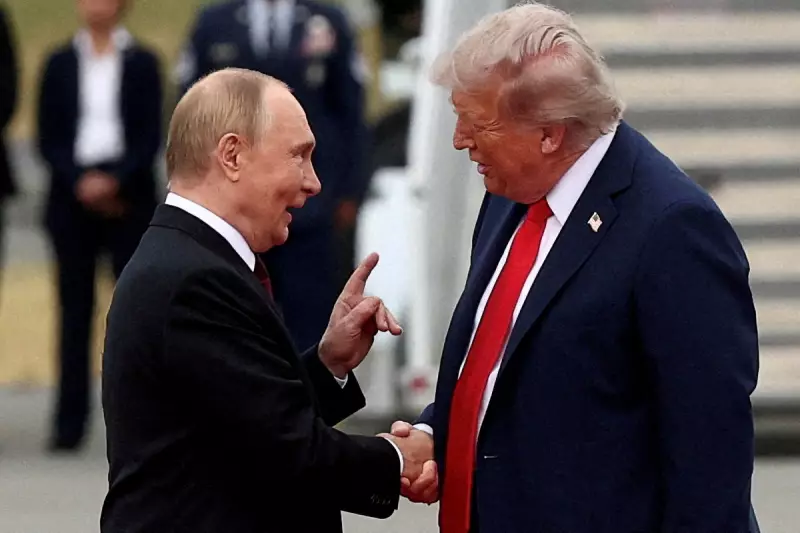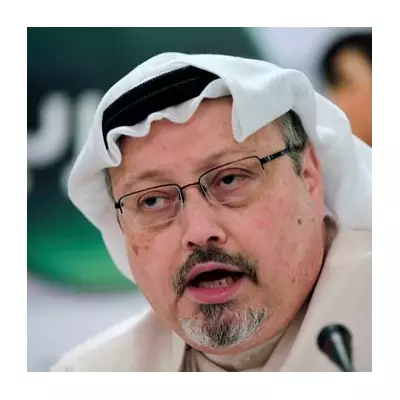
A controversial 28-point plan for peace in Ukraine, briefed to media on Wednesday, has been revealed as a blueprint demanding Kyiv's massive capitulation to Moscow, with the apparent backing of the White House.
This proposal, immediately rejected by Ukrainian President Volodymyr Zelensky, would force Ukraine to cede a vast portion of its eastern territories, drastically reduce its military, abandon its constitutional pursuit of NATO membership, and surrender weapons crucial for its future defence.
A Puppet Show of Power
The plan emerges as a calculated move from the Kremlin to dominate the narrative of a war that Russia cannot win outright. Despite public performances of independence, including threats of sanctions on Russian fuel, US President Donald Trump appears to be following a script favourable to Vladimir Putin.
This dynamic was set after their meeting in Alaska in August, after which Trump enthusiastically contributed to the Russian war effort by entirely cutting all US aid to Ukraine, aside from intelligence support.
The so-called peace deal is identical to past American plans that centred Russian interests and makes no account of Putin's persistent refusal to accept Ukraine's own offer of an immediate ceasefire. It is founded on the false premise that Ukrainian victory is impossible.
The Stalemate on the Ground
The cessation of American weapons has left Ukraine in a precarious position, though not a defeated one. Russia is not winning the war either.
Kyiv endures nightly bombardment as part of a Russian campaign to cripple its energy sector and make the nation unliveable for civilians this winter. Tactically, Ukraine is on the back foot in Pokrovsk, but is seeing local success further north in Kupiansk.
A full-scale Russian conquest remains a distant prospect, potentially taking a century and millions of men. Russia has already squandered over a million in dead and wounded since its full-scale invasion began in 2022.
In response, European and Canadian NATO members have stepped in, committing about €250 billion to meet the shortfall created by the US withdrawal of support.
Ukraine's Existential Fight and Putin's Gamble
For Ukraine, this is an existential war, a sentiment rooted in a history of Soviet-era oppression, including the Holodomor famine that killed millions. It is no surprise the term 'genocide' was coined in the western Ukrainian city of Lviv.
President Zelensky faces significant domestic challenges, including a $100 million corruption scandal at the state energy company and a troubled conscription policy. Unofficial estimates in Ukraine’s parliament suggest draft dodgers may outnumber soldiers in Kyiv by a million.
Yet, through innovation in drone warfare and sheer motivation, Ukraine continues to hold the line against an enemy with the advantage of mass.
Meanwhile, Putin has gambled Russia's entire economy on the conflict. The Centre for European Policy Analysis estimates Russia is spending around 30% of its federal funds on the war. While a war economy centralises his power, long-term sustainability is in doubt, especially as Ukraine develops the capacity to strike strategic targets inside Russia itself.
Analysts suggest Putin's immediate goal is a ceasefire along current lines, granting him a victory that would relieve pressure on the Kremlin, allow Russia to rearm, and prepare for a future round of conquest at a time of its choosing.
The parameters of the peace discussion remain set by Putin and his allies. A smarter strategy, experts argue, would focus on helping Ukraine win, finally cutting the strings of foreign influence.





